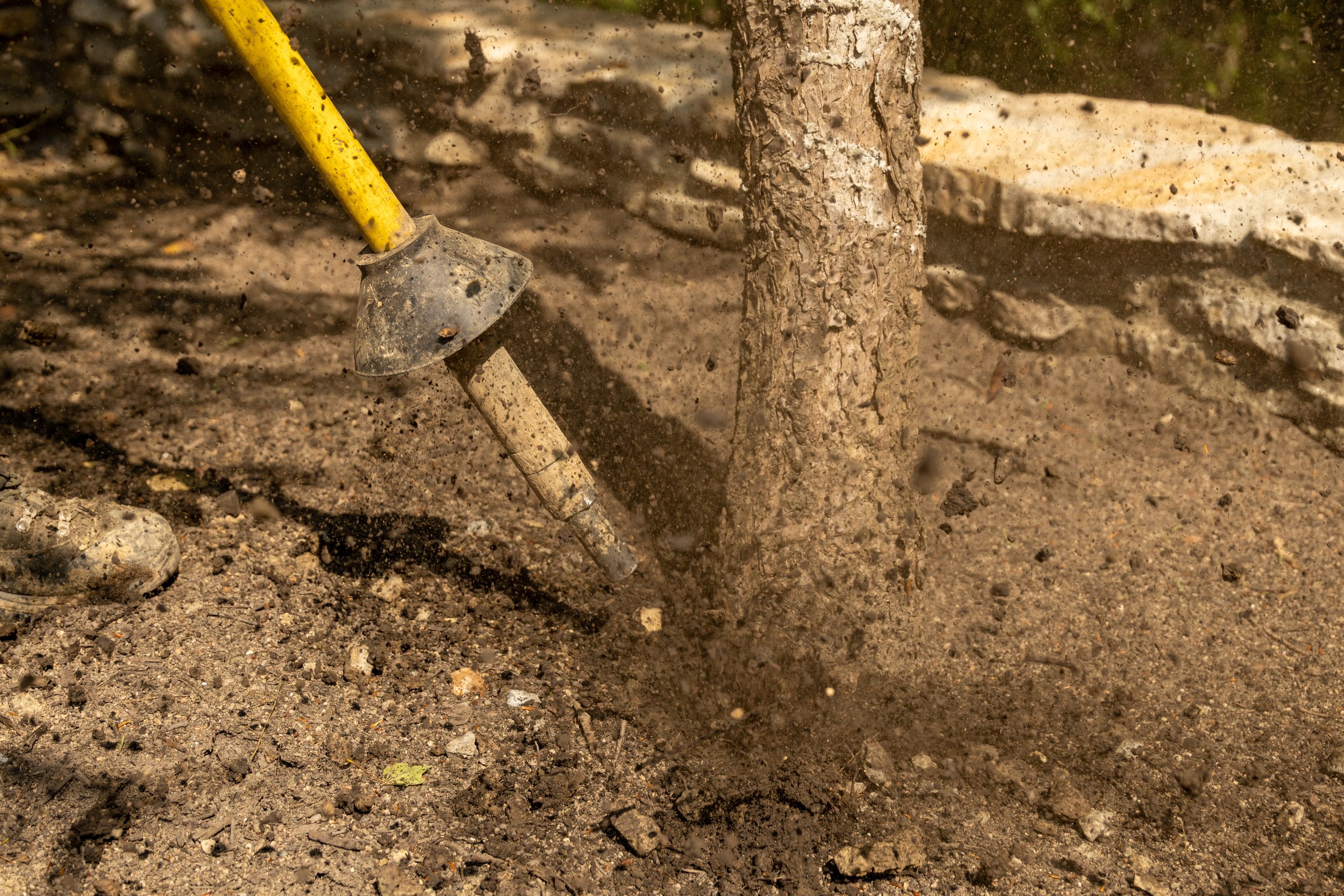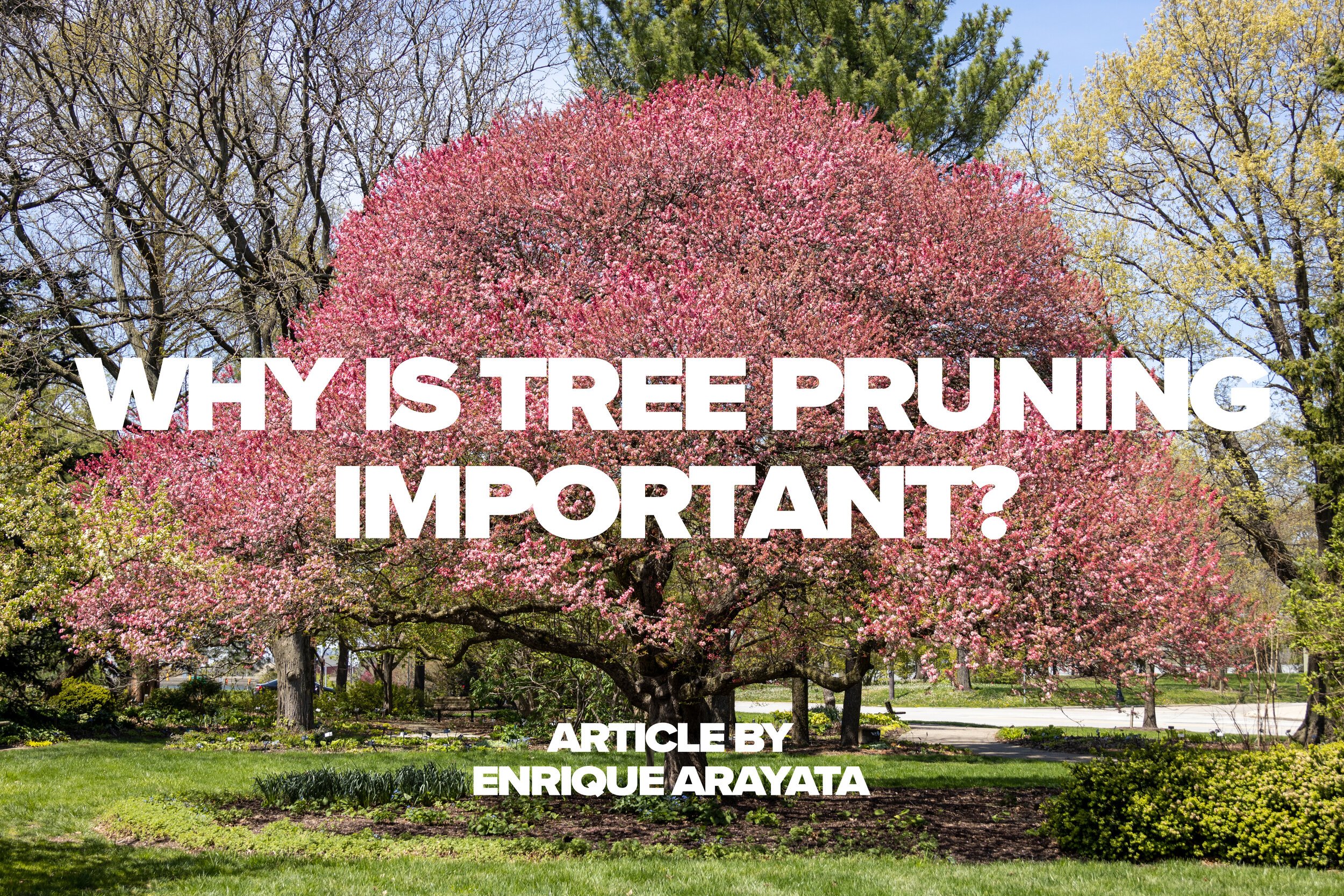By Walter Reins
ISA Certified Arborist® OH-5113A
April 10, 2025
Forest pansy redbud leaves in the spring
In our Ohio landscapes, we have several common options for planting trees that reach a small-to-medium size in maturity, including magnolias, crabapples, cherries and Japanese maples. Another tree that fits that size category and is commonly found in many landscapes is the eastern redbud (Cercis canadensis). Redbuds are known for their beautiful display of flowers in the early spring, typically before leaves fully emerge. But while the flowers grab our attention, the foliage could be considered fairly typical and undistinguished. One variety of redbud that can stand out for both its flowers and foliage is the forest pansy redbud (Cercis canadensis ‘Forest Pansy’)! Let's take a closer look at this tree and why it might be a great option for your landscape!
Forest pansy redbud leaves in the fall
The forest pansy redbud is a cultivar (cultivated variety) of eastern redbud. Cultivars, incredibly common among many of our landscape plants from trees to shrubs to perennials, are versions of plants that are not commonly found in nature. This can be a different color of flower, variegated foliage, lack of fruit production, difference in shape or habit, or many other characteristics. In the case of the forest pansy redbud, the striking difference from the normal species is the foliage color. The forest pansy redbud’s leaves emerge in the spring with a purple to burgundy color. As summer approaches and the foliage matures, the color of the leaves can deepen to a dark reddish-purple. In autumn, as the color pigments of the foliage break down, rich yellows and golds appear and contribute to the beauty of the transitioning landscape. As with the normal species of eastern redbud, the forest pansy cultivar also has the much loved clusters of pinkish flowers that emerge directly from the stems prior to the leaves emerging in spring, giving us an early display of color when many other plants still appear to be dormant.
Forest pansy redbud flowers in the spring
Forest pansy redbuds are hardy in USDA zones 5-9, making them a good choice for Ohio. They are generally tolerant of less than ideal soil conditions, but like most trees, prefer some initial amending of the soil if needed for proper soil pH, nutrients, and drainage, as well as ongoing addition of leaf compost or supplemental fertilization for optimal growth. The red pigments in the leaves will be deeper and richer with ample sunlight, so while the tree can tolerate a semi-wooded or shadier setting, substantial shade can create leaves that take on more of a green appearance (as a fun side note - this correlation between sunlight and richness of color generally applies to most plants with variegated or colored foliage!).
Forest pansy redbud info card at Oakland Nursery
The forest pansy redbud is typically free of pests and diseases when properly planted and located in the landscape. It has a mature height of 20 to 25 feet and a mature crown spread of 15 to 20 feet. This makes it a good candidate for planting in front and backyards, where it can grow large enough to provide some shade to a front walkway, south facing window, or backyard patio, but stays small enough to not overtake a home or outcompete adjacent lawn areas or landscape beds for sunlight and water. Because of its striking foliage throughout the growing season, it makes a wonderful specimen tree or focal point in the landscape when planted singly, rather than in groupings.
The forest pansy redbud tree can be a great option for your landscape if you’re looking for a medium sized tree that’s tolerant of a wide range of conditions. As always, proper planting is essential for the long term health and success of any tree. Contact us if you need any guidance, referrals, or recommendations for proper tree planting, including species selection, location, and site requirements. And as always, for a free tree work quote by one of our 20+ ISA Certified Arborists®, visit RussellTreeExperts.com/Quote or speak to our friendly, local office staff at (614) 895-7000!
ADDITIONAL ARBOR ED™ ARTICLES!
Walter Reins I Regional Manager, Russell Tree Experts
Walter became an ISA Certified Arborist® in 2003 and has a degree in landscape horticulture. He has 25 years of experience in the tree and landscape industries and originally began working at Russell Tree Experts in 2011. Walter is also the owner/operator of Iwakura Japanese Gardens, a small design/build/maintenance firm specializing in Japanese-style gardens, and also offers responsible tree planting for all landscapes.

















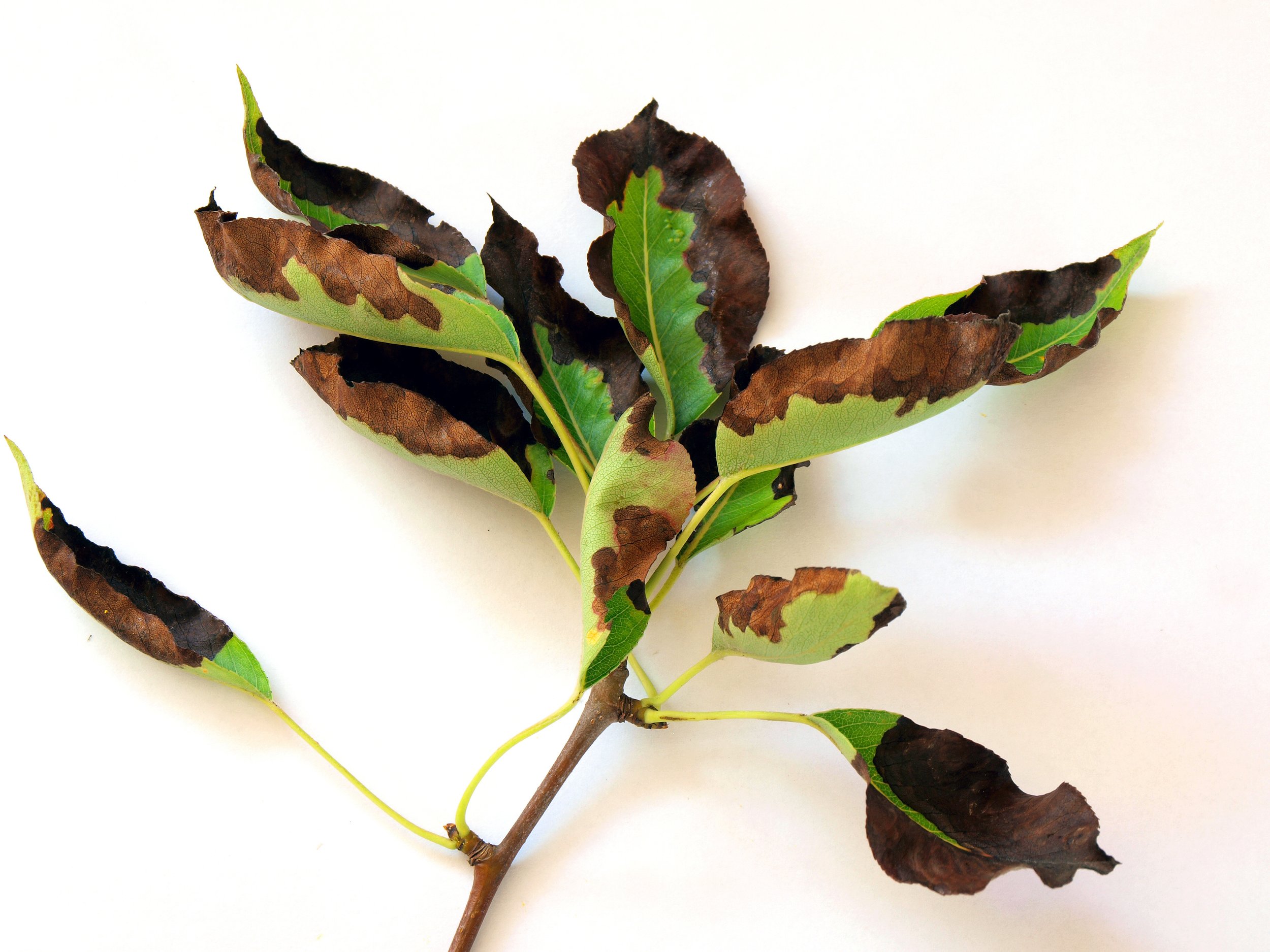




















































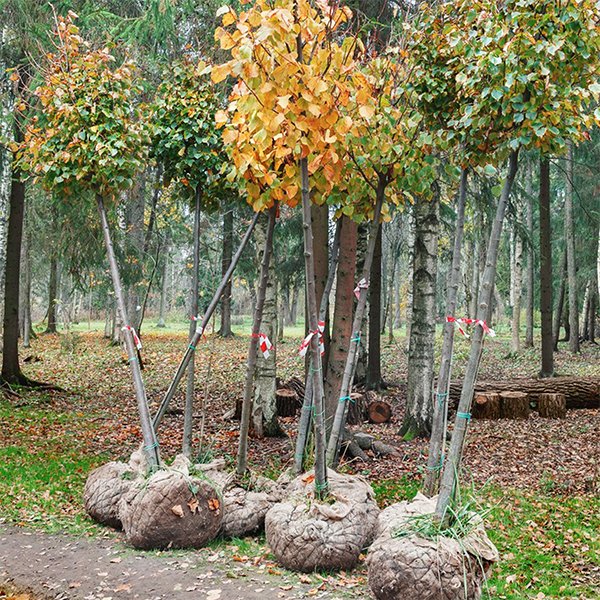










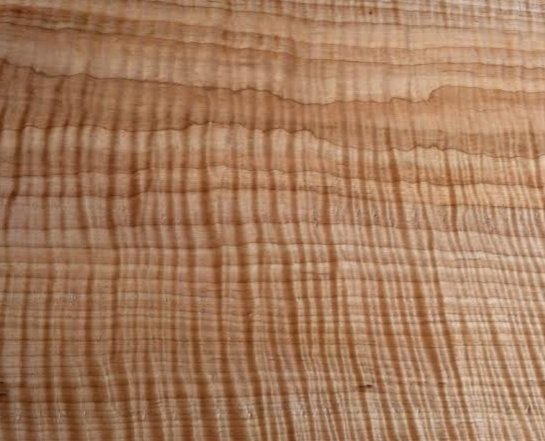




























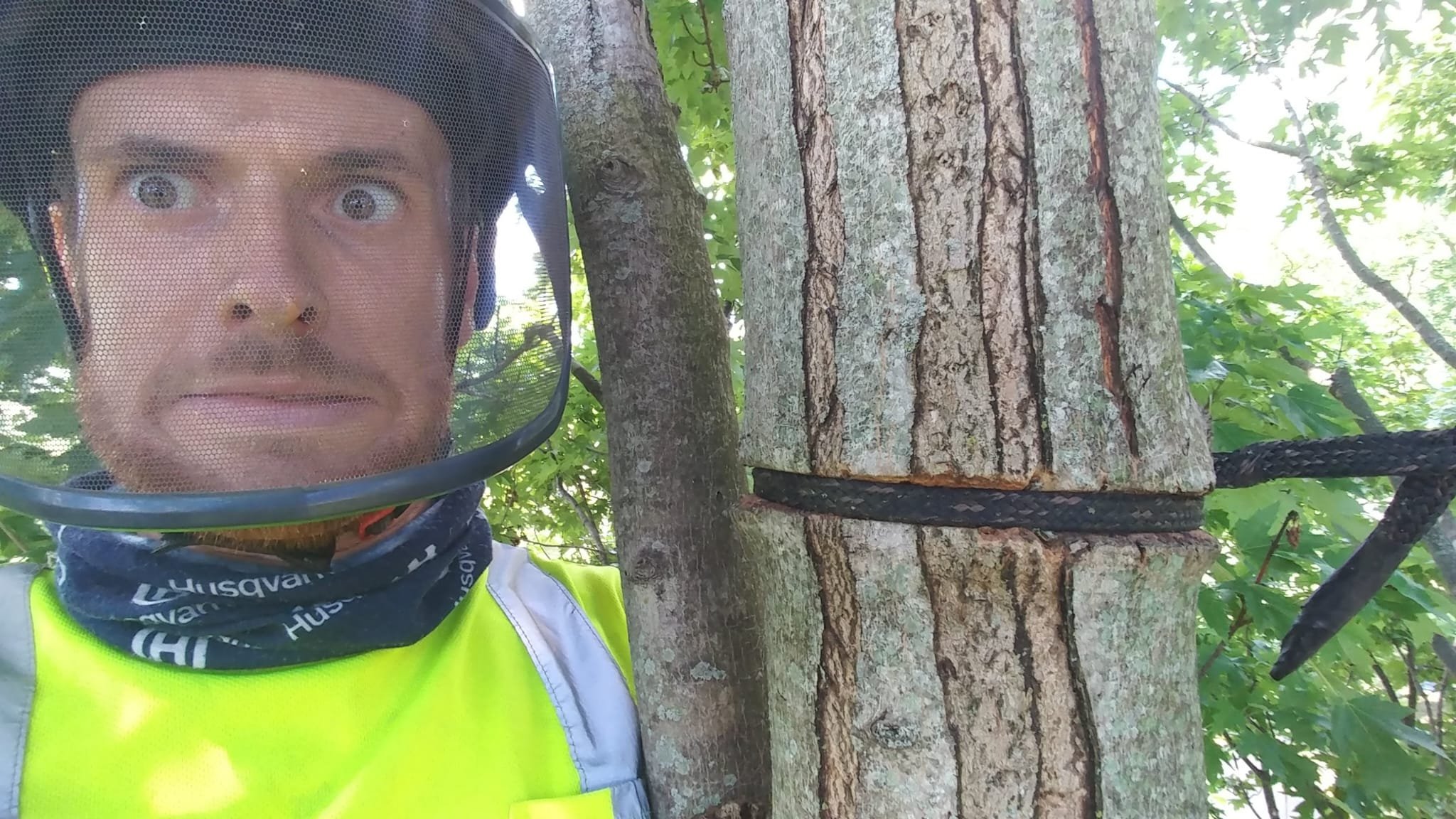





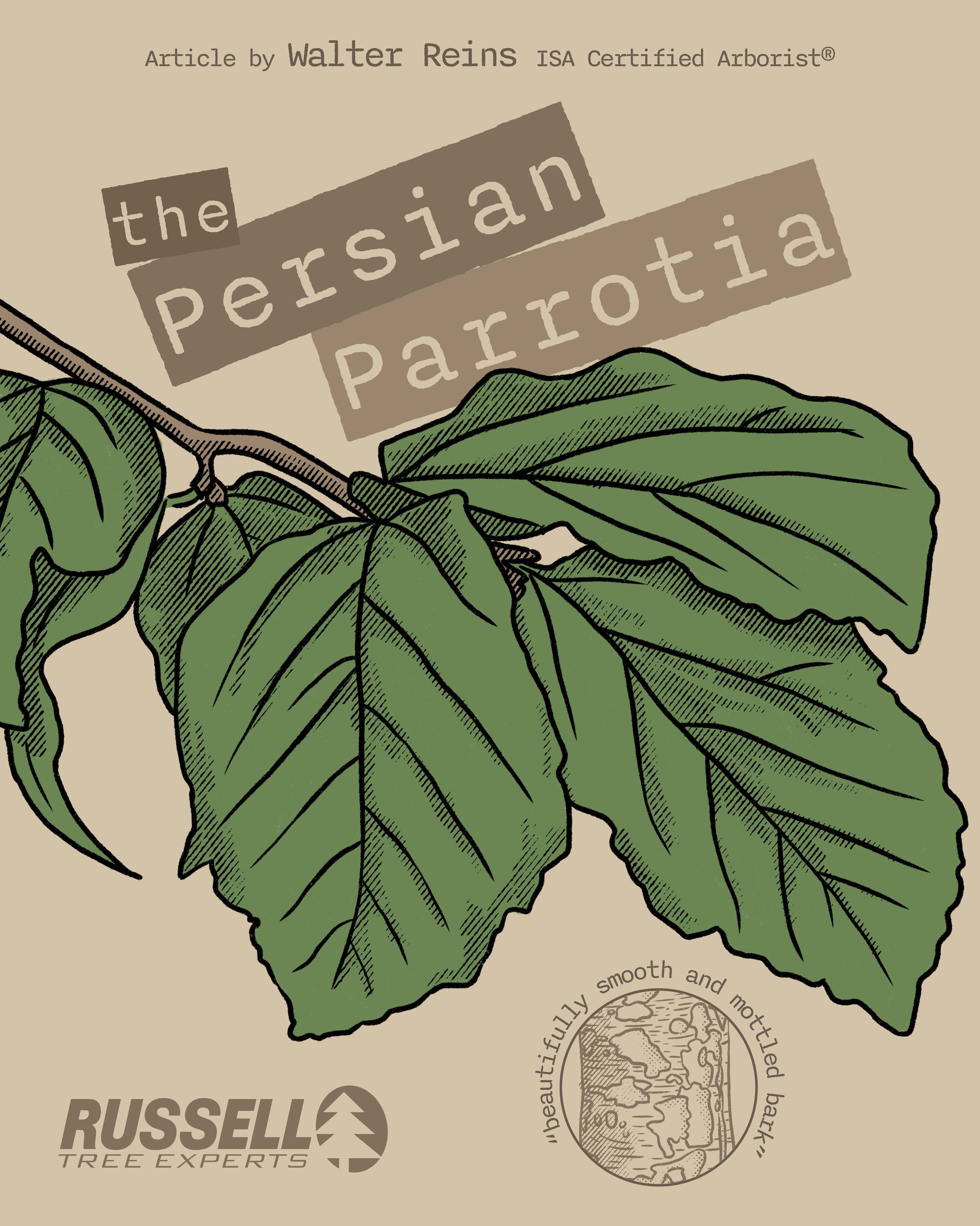

























![[click to enlarge]](https://images.squarespace-cdn.com/content/v1/59dfb3df46c3c41919eac60a/1730388712047-BDGASOH18HRBDQVT9P1K/241031-firewood-BTUs-v2+copy.jpg)



![[click to enlarge & more info]](https://images.squarespace-cdn.com/content/v1/59dfb3df46c3c41919eac60a/1730388864626-J8CIZWZAUEYUS2M6GJ9V/1000001341.jpg)
![[click to enlarge]](https://images.squarespace-cdn.com/content/v1/59dfb3df46c3c41919eac60a/1730388864148-3Y8O20UVDB3QPTQJU9CR/1000001340.jpg)





































